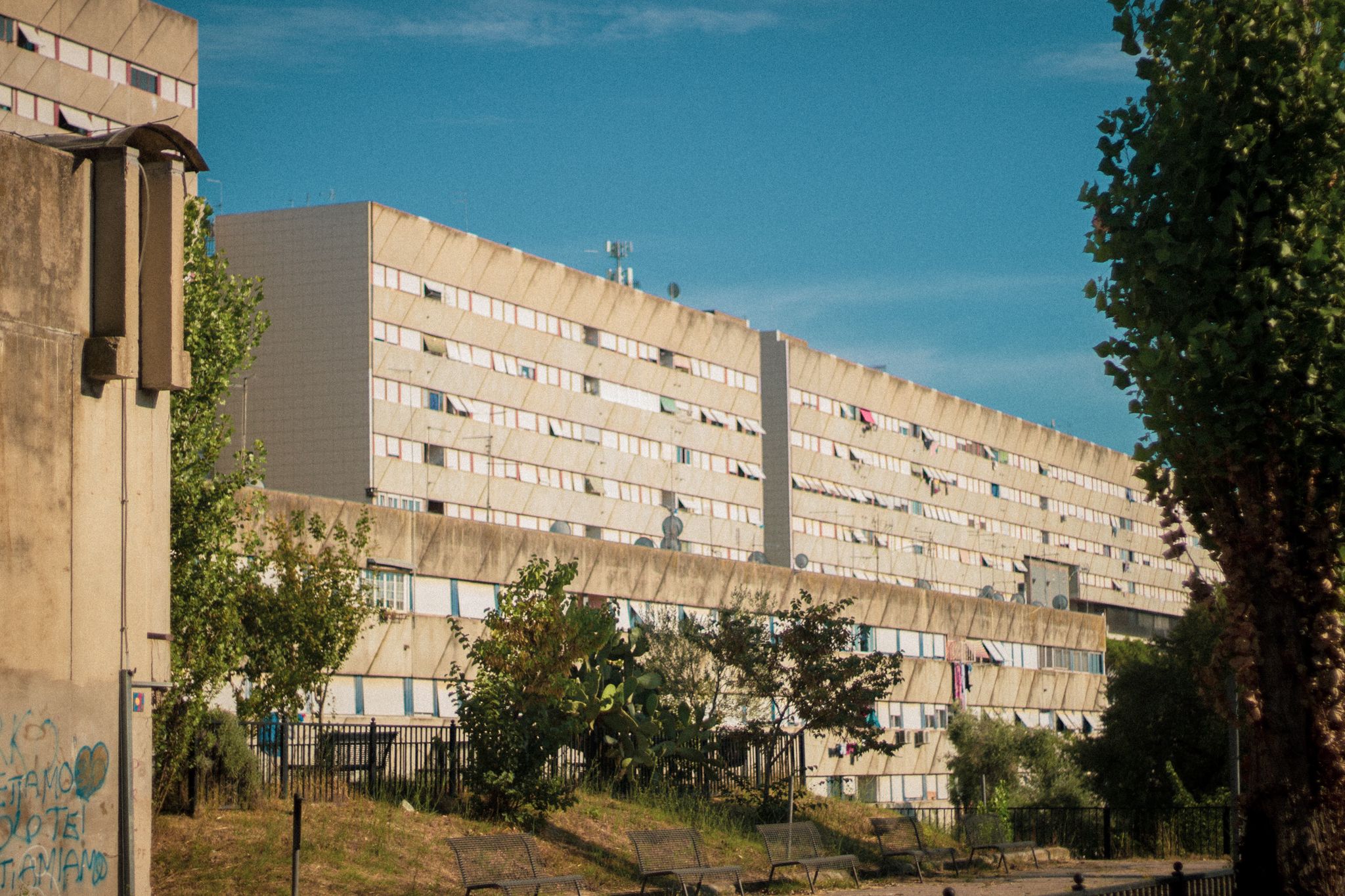Phoebe Weston, “England's housing strategy would blow entire carbon budget, says study,” The Guardian, August 23, 2022. See ➝.
“Réussir le Zan en Réduisant le Mal-Logement c’est possible!,” Fondation Abbé Pierre, March 19, 2024. See ➝.
Ivan Tosics et al., “Restructuring Large Housing Estates in European Cities: An Introduction,” in Restructuring large housing estates in Europe: Restructuring and resistance inside the welfare industry, eds. Ronald van Kempen, Karien Dekker, and Stephen Hall (Bristol: Policy Press, 2005).
Vittorio Vidotto, “An Architectural and Social Utopia of the Seventies," in Cities Contested: Urban Politics, Heritage, and Social Movements in Italy and West Germany in the 1970s, eds. Martin Baumeister, Bruno Bonomo, and Dieter Schott (Chicago: University of Chicago Press, 2017).
Bruno Bonomo, “Démolir Corviale, Ou Le Réhabiliter,” in L’Habiter Populaire, eds. Eleonora Canepari, Brigitte Marin (Paris: Imbernon, 2021); Giovanni Caudo, “Regenerate Corviale,” in Future Housing, ed. Allessandra Battisti (IntechOpen, 2022).
The two main regeneration programs at the Corviale housing estate are the Contratto de Quartiere II and the Piano Urbano Integrato (PUI-PNRR), a project financed through the Italian PNRR plan ("National Recovery and Resilience Plan), developed for the Next Generation EU funds.
Calculated by the author from data provided by the housing authority in 2018.
For cases of demolition in the Netherlands see the work of Andre Thomsen, for France, Renaud Epstein, and for the UK, Anne Power.
The PEEP I (Piano di Edilizia Economica e Popolare) was an urban development plan aimed at addressing the post-war housing emergency in Rome, implemented between 1960 and 1970.
The building opened in 1982, and the occupation of the piano libero occurred approximately around 1989.
Vidotto, “An Architectural and Social Utopia of the Seventies.”
This data has been gathered by the author through 30 interviews with members of the community, the housing authority, and a group of experts on housing policy in Rome.
This became evident through a survey conducted at the Corviale Primary School in 2003, where students were asked to create maps relating emotions to different parts of Corviale, and illustrates the wider and ongoing deviation of life in Corviale from the intentions of the designers. Map published in: I. A. Del Monaco, Corviale Accomplished : Uno Studio per Corviale, Columbia University, 2006.
Vidotto, “An Architectural and Social Utopia of the Seventies.”
For example, Francesco Chiodelli et al., “The Production of Informal Space: A Critical Atlas of Housing Informalities in Italy between Public Institutions and Political Strategies,” Progress in Planning 149 (July 2021); Enrico Puccini, Verso Una Politica Della Casa: Dall’emergenza Abitativa Romana Ad Un Nuovo Modello Nazionale (Materiali, 2016); Caterina Francesca Di Giovanni, “Lessons from Corviale: From the Critical Factors of Public Housing Plans towards a Methodology for Urban Regeneration,” Italian Journal of Planning Practice 10, no. 1 (2020).
This study follows Albena Yaneva’s approach to analysing the built environment. In Making the social hold: Towards an Actor-Network Theory of Design (2009), Yaneva comprehensively analyzed how architectural elements influence our experiences in built environments. Through describing her actions and perceptions within a university building, Yaneva conceptualizes these architectural elements as socio-technical devices and highlights the impact of these devices as mediators between individuals and their environment.
Nicoletta Campanella, Roma: Nuovo Corviale (Rome: Bulzoni, 1995).
Campanella, Roma.
This survey was completed as part of the Quarter Workshop in collaboration with the Municipality of Rome in 2003. The survey included 500 inhabitants of Corviale. Del Monaco, Corviale Accomplished.
Campanella, Roma.
This research is based on four months of fieldwork, which included 30 interviews with residents and housing authority members. The research was in the context of a master’s thesis in political science at Sciences Po, Paris.
Campanella, Roma.
See “Understanding Public Policy through Its Instruments,” eds. Pierre Lascoumes and Patrick Le Gales, Governance 20, 1 (2007).
Lewis Mumford, The City in History: Its Origins, its Transformations, and its Prospects (New York: Harcourt, 1961).
“Roma, Zingaretti: ‘Grazie Mattarella, ha capito che sarà bella periferia’” Leggo, February 26, 2022.
